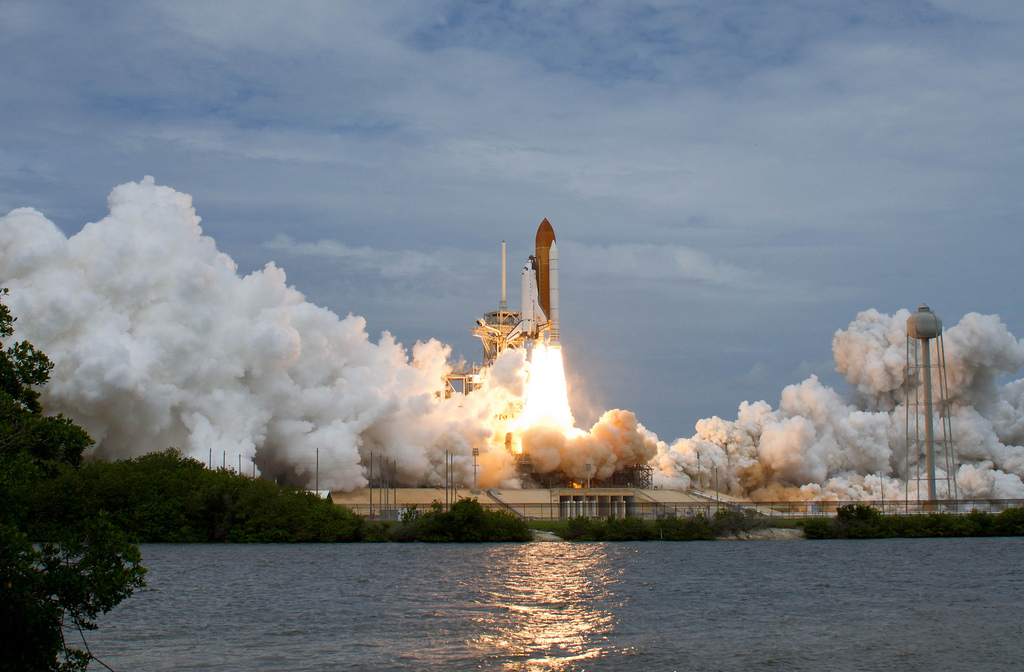

There’s a reason the area surrounding Kennedy Space Center and Cape Canaveral is called The Space Coast-it’s littered with launch pads (the vast majority of which are inactive). To start with, there’s not just one launch pad, or two, or even ten. Just as a precaution, for the first time in the shuttle program’s history, a second orbiter- Endeavour-was prepped and ready on Launch Pad 39B in case a rescue mission was needed. But NASA managers were able to work around the problem, and Space Shuttle Atlantis launched from Pad 39A on May 11, 2009, ensuring that Hubble would be able to function through, at minimum, 2014. ( Columbia was destroyed upon reentry in 2003 because of damage to its thermal tiles). It was originally cancelled by NASA in the wake of the Columbia accident investigations because it was seen as too dangerous-the high orbit of Hubble meant that the shuttle couldn’t do a required ISS flyby to inspect the thermal tiles that comprised the orbiter’s heat shields.

STS-125 was a risky mission to service the Hubble Space Telescope in 2009. It also played a part in the first and only possible dual shuttle launch in the program’s history. Pad 39A saw use through the Apollo and shuttle era-it was the launch site of both the first shuttle flight (STS-1) and the last (STS-135). The first launch from pad 39A was the unmanned Apollo 4, the first test of the Saturn V rocket, on November 9, 1967. Its first flight is scheduled (at the time of this writing) for February 18. Last year, NASA made headlines within the space community by announcing that SpaceX would be taking over Launch Pad 39A, a historic launch site to be sure. Sure, we have launch facilities at other sites, such as Wallops Island, VA, Vandenberg Air Force Base in California, and a whole host of commercial launch facilities currently licensed or in development, but the Cape is where all our manned launches happen-our gateway to the stars. Cape Canaveral (called Cape Kennedy for a time after President Kennedy’s death) is our nation’s spaceport.


 0 kommentar(er)
0 kommentar(er)
